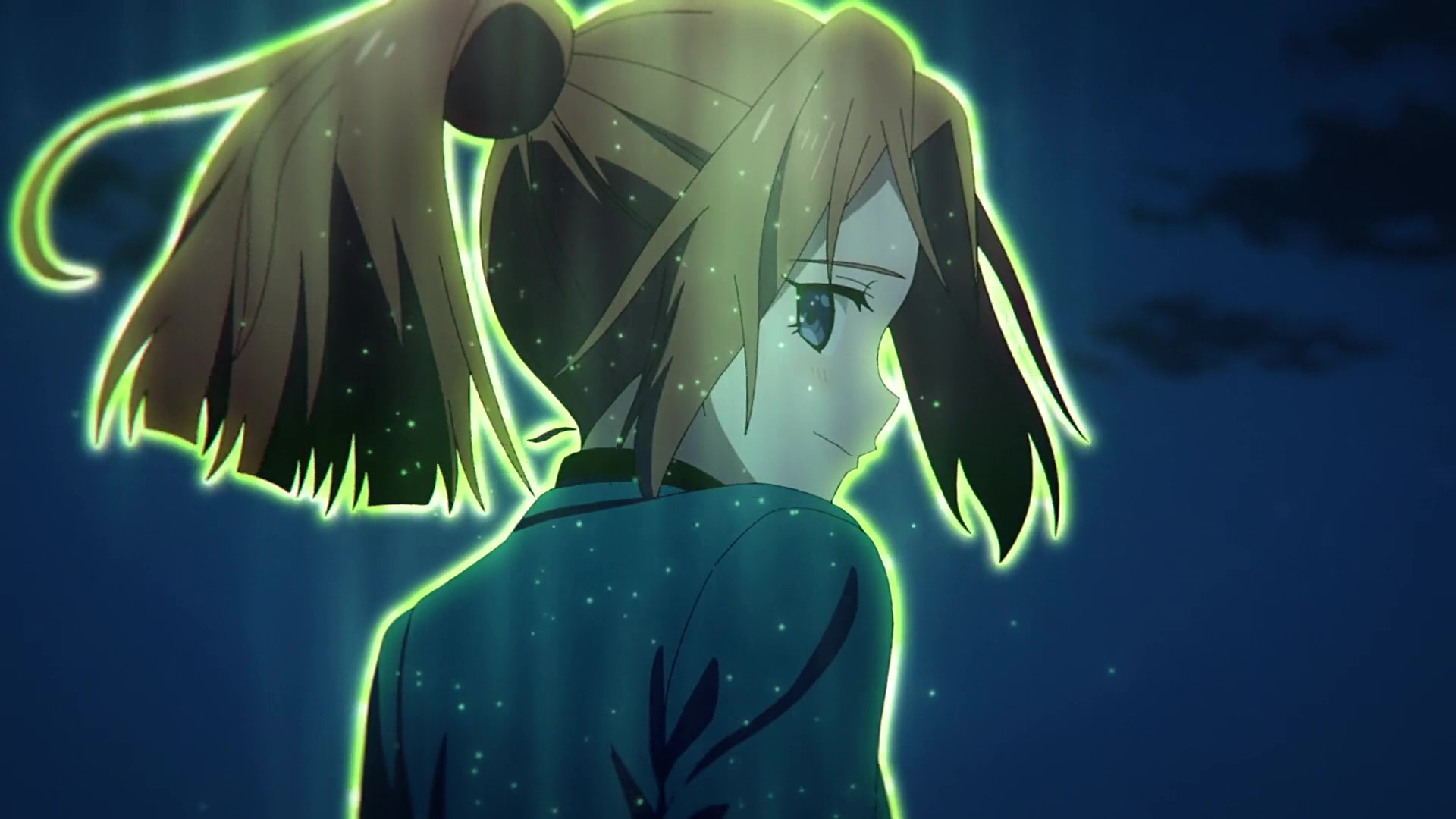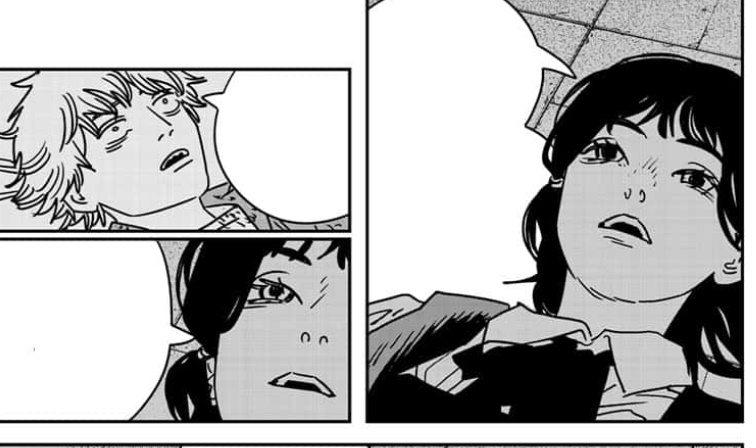
Arisunime — Touko Kirishima sits at the heart of the series’ “university arc,” where her name becomes the key to a mystery that threatens Mai Sakurajima. At first, Touko seems to be a breakout singer whose songs ripple across Japan; then the story peels back a harsher truth: the “real” Touko is a 16-year-old who died years earlier, and someone—or something using her name—sparks a chain of Adolescence Syndrome phenomena that converge on Mai. The result is a reality-bending crisis that forces Sakuta to discover who Touko was, who is pretending to be her, and why Mai is suddenly in danger.
In the light novels’ Volume 14 (Rascal Does Not Dream of His Girlfriend), Sakuta is warned to “find Touko Kirishima—Mai is in danger,” and he follows that trail to a spring music festival where Mai is scheduled to perform a Touko Kirishima song. On the day of the show, he begins seeing multiple versions of Mai no one else notices—a telltale sign that Adolescence Syndrome is distorting reality around her. After Mai’s performance, she even declares on stage that she is Touko Kirishima, and from that moment onward the world rewrites itself in subtle and not-so-subtle ways, confirming that the “Touko” phenomenon is directly entangling Mai.

Sakuta’s investigation—guided in part by Shoko—leads to Touko’s grave in Shizuoka and to Touko’s mother, who confirms the real girl’s fate: Touko was killed in a car accident on Christmas Eve and became the heart donor who ultimately saved Shoko Makinohara. Photos in Touko’s room also connect her to Miori Mitou, a close friend whose grief took a strange form: Miori had been releasing songs under “Touko Kirishima,” effectively keeping Touko’s voice alive while burying her own. That ghosted authorship, combined with the series’ rules of Adolescence Syndrome, becomes the “seed” of the anomaly centered on Mai.
Complicating matters further, the anime’s Santa-arc introduces a figure only Sakuta can see—a “miniskirt Santa” who claims to be Touko Kirishima and boasts of handing out cases of Adolescence Syndrome. Whether she is an avatar of the syndrome or an opportunistic impostor, her claim establishes motive: the “Touko” identity is being weaponized as a meme-like vector. Mai’s star power makes her the perfect amplifier; if Mai embodies “Touko” publicly, the false identity solidifies and the warped reality spreads. That is exactly what begins to happen after the festival.
Volume 15 (Rascal Does Not Dream of a Dear Friend) resolves the crisis by restoring authorship and grief to their rightful places. Sakuta and Shoko persuade Mai not to perform “as Touko” and instead ask Miori—the person who actually kept Touko’s music alive—to take the stage in Touko’s stead. That simple but emotionally honest correction allows Miori to properly grieve, deflates the misattributed “Touko” aura, and cuts off the feedback loop that had targeted Mai. With the misunderstanding cleared, the reality distortions recede, and Mai is pulled back from danger.
In short, Touko Kirishima is both a real girl whose death left deep scars and a contested identity that Adolescence Syndrome turns into a catalyst. Mai becomes the target because her performance as “Touko” threatens to cement that false identity at scale, magnifying the syndrome’s effects. The cure is truth: giving Touko’s songs—and Touko’s memory—back to the people who actually hold them, so the world no longer needs Mai to wear a name that isn’t hers.***












